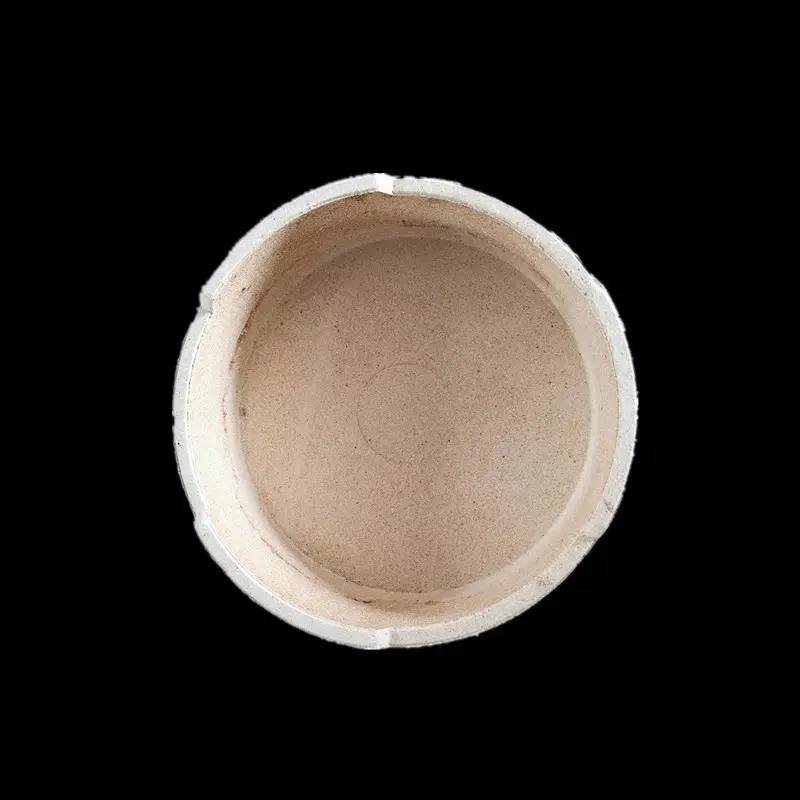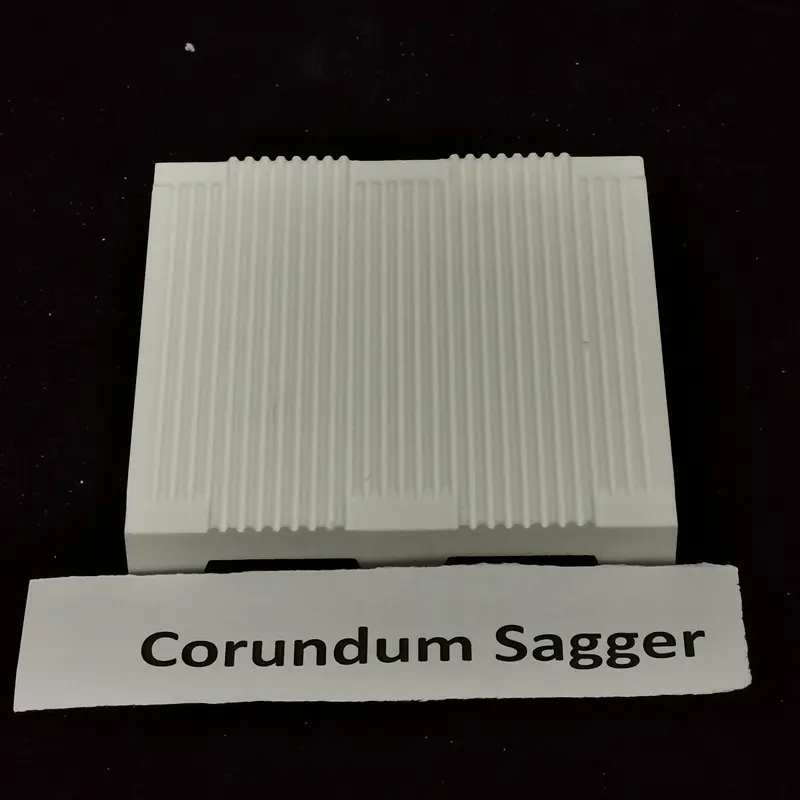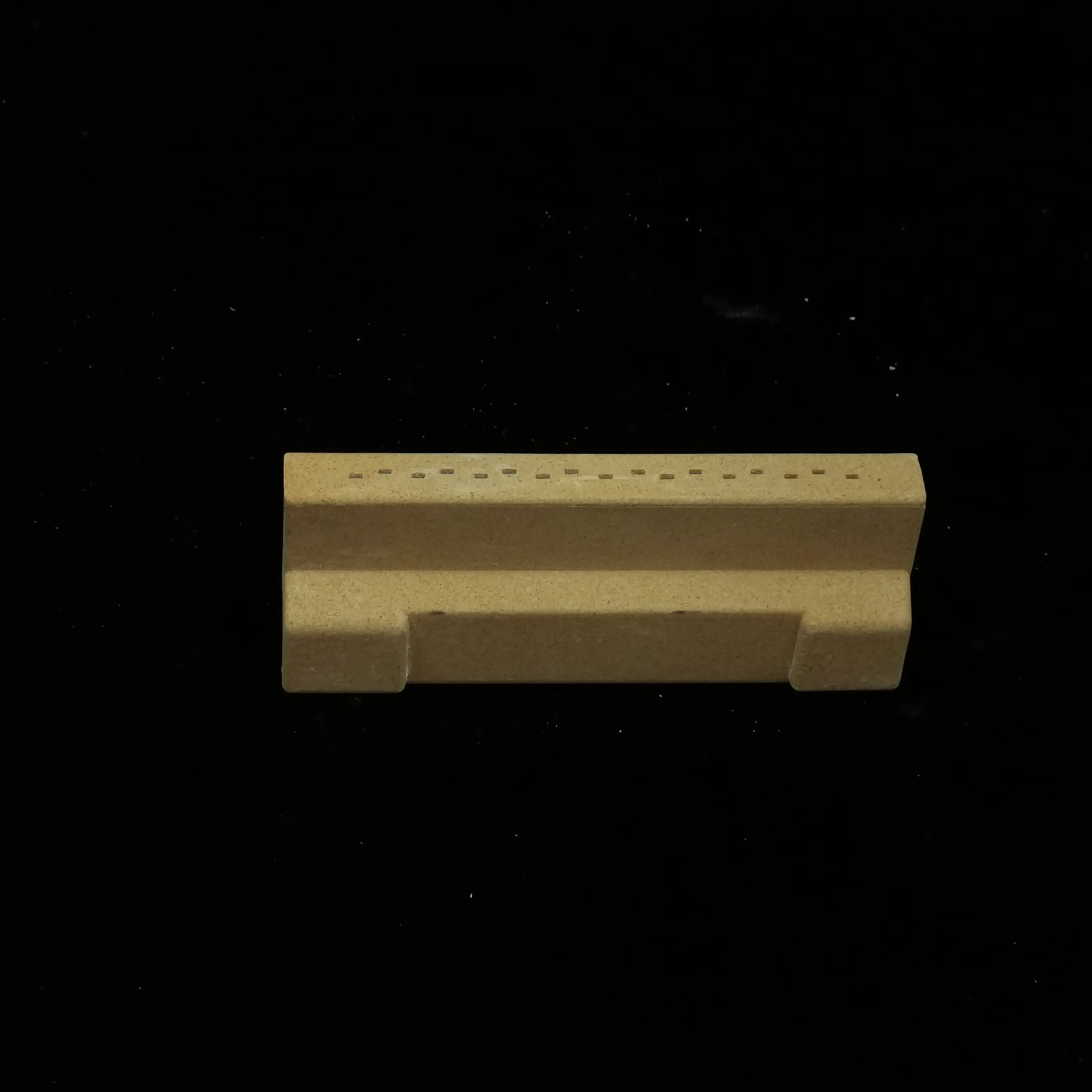High-Temperature Sintering ceramic terminal blocks for wiring
Structure and Manufacturing
Ceramic terminal blocks consist of:
-
Ceramic Housing – Made from high-alumina (Al₂O₃) or steatite, providing excellent dielectric strength and heat resistance.
-
Metal Clamps/Screws – Typically brass, copper, or stainless steel for secure wire connections.
-
Internal Conductive Path – Ensures low-resistance electrical contact between wires.
Manufacturing Process:
-
Powder Pressing: Ceramic powder is compressed into the desired shape.
-
High-Temperature Sintering: Fired at 1200–1600°C to achieve hardness and stability.
-
Metal Component Integration: Conductors are embedded or attached post-sintering.
-
Surface Finishing: Glazing or coating may be applied for moisture resistance.
Key Advantages of Ceramic Terminal Blocks
-
High-Temperature Resistance – Can withstand temperatures up to 1000°C, ideal for industrial heaters, furnaces, and power electronics.
-
Superior Electrical Insulation – High dielectric strength prevents arcing and short circuits in high-voltage applications.
-
Mechanical Durability – Resistant to cracking, deformation, and wear under mechanical stress.
-
Chemical & Corrosion Resistance – Inert to oils, acids, and solvents, making them suitable for harsh environments.
-
Fireproof & Non-Combustible – Unlike plastic, ceramics do not melt or emit toxic fumes.
Types of Ceramic Terminal Blocks
-
Barrier Terminal Blocks – Feature screw clamps for secure wire connections, commonly used in power distribution.
-
Feed-Through Terminal Blocks – Allow wire passthrough with insulation on both ends, used in PCB and control panels.
-
Fused Terminal Blocks – Include a fuse holder for circuit protection in industrial systems.
-
High-Current Terminal Blocks – Designed for heavy-duty applications like electric vehicle (EV) charging stations.
-
Surface-Mount Terminal Blocks – Used in compact electronics where space is limited.
Applications Across Industries
-
Power Electronics – Used in transformers, inverters, and motor control centers.
-
Industrial Heating Systems – Essential in kilns, furnaces, and resistance heating elements.
-
Renewable Energy – Solar inverters and wind turbine electrical systems require high-temperature-resistant connections.
-
Automotive & Aerospace – Withstand engine heat and high-voltage systems in EVs and aircraft.
-
Telecommunications – Provide stable connections in high-frequency signal transmission.
Recent Technological Advancements
-
Hybrid Ceramic-Polymer Designs – Combine ceramic insulation with polymer flexibility for vibration resistance.
-
Miniaturization – Advanced manufacturing allows smaller, high-density terminal blocks for modern electronics.
-
Smart Terminal Blocks – Integrated sensors for real-time monitoring of temperature and current flow.
-
3D-Printed Ceramic Terminals – Customizable shapes for specialized applications.
-
Eco-Friendly Materials – Recyclable ceramics and lead-free glazes reduce environmental impact.
Challenges and Future Trends
Despite their benefits, ceramic terminal blocks face challenges:
-
Brittleness: Prone to cracking under impact, requiring careful handling.
-
Higher Cost: More expensive than plastic alternatives.
-
Weight: Heavier than polymer-based blocks, limiting some applications.
Future developments focus on:
-
Toughened Ceramics – Nano-reinforced materials to improve fracture resistance.
-
Lightweight Composites – Ceramic-metal hybrids for aerospace applications.
-
Self-Healing Coatings – Automatic repair of micro-cracks to extend lifespan.
Conclusion
Ceramic terminal blocks remain indispensable in high-performance electrical systems due to their unmatched thermal and electrical properties. As technology progresses, innovations in material science and manufacturing will further enhance their reliability and expand their use in next-generation power systems, electric vehicles, and smart grids.





